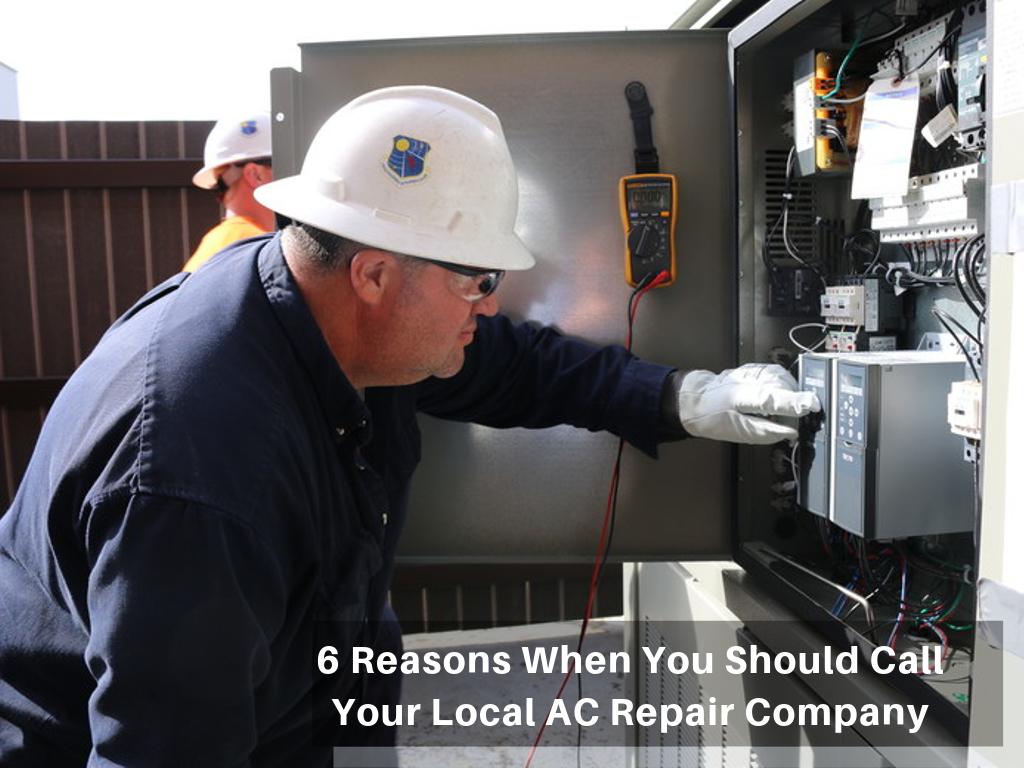
Regular maintenance is the lifeline of any furnace, ensuring it operates efficiently, reliably, and safely throughout its lifespan. By performing routine maintenance tasks, homeowners can prevent costly repairs, enhance energy efficiency, and prolong the furnace’s overall longevity. In this article, we’ll explore the essential maintenance tasks that need to be performed regularly on a furnace, empowering homeowners with the knowledge to keep their heating systems in optimal condition.
1. Regular Filter Replacement
One of the simplest yet most crucial maintenance tasks is replacing the furnace filter regularly. A clogged or dirty filter restricts airflow, causing the furnace to work harder and less efficiently. Ideally, filters should be checked monthly, especially during heavy-use months, and replaced or cleaned if necessary. This not only ensures proper airflow but also improves indoor air quality.
2. Thermostat Calibration and Inspection
Regularly calibrating and inspecting the thermostat ensures accurate temperature control. Verify that the thermostat is mounted level and clean the interior components, including the heat anticipator (if applicable). Consider upgrading to a programmable thermostat, which allows for better control and energy savings.
3. Inspect and Clean the Blower
The blower assembly is responsible for circulating heated air throughout your home. Regularly inspecting and cleaning the blower components, including the blower wheel, motor, and belts, can prevent airflow issues. Lubricate the blower motor if it has oil ports (older models) to ensure smooth operation.
4. Check and Clean Ductwork
Inspect the ductwork for any signs of leaks, gaps, or blockages. Sealing ducts and ensuring they are properly insulated can prevent heat loss and improve energy efficiency. Additionally, consider professional duct cleaning every few years to maintain good indoor air quality.
5. Inspect and Clean Burners
For gas furnaces, the burners should be inspected and cleaned to ensure they are free from debris or corrosion. Dirty burners can affect combustion efficiency, leading to higher energy bills and potential safety hazards. A professional technician can perform a thorough inspection and cleaning of the burners.
6. Inspect and Clean the Heat Exchanger
A cracked or damaged heat exchanger can lead to carbon monoxide leaks, posing a severe safety risk. Regular inspection of the heat exchanger is essential to ensure its integrity. If any issues are detected, it’s imperative to have them repaired or the furnace replaced immediately.
7. Inspect the Flue and Venting System
The flue and venting system must be inspected to ensure there are no obstructions or leaks. Any blockages or leaks can lead to dangerous carbon monoxide buildup. Clear away debris and ensure the vents are free from obstructions both inside and outside the house.
8. Schedule Professional Annual Maintenance
While homeowners can handle some maintenance tasks, it’s highly recommended to schedule professional annual maintenance for your furnace. A certified technician can perform a comprehensive inspection, cleaning, and tune-up, addressing any potential issues and ensuring the furnace operates safely and efficiently.
Conclusion
Regular maintenance of your furnace is the key to a reliable, efficient, and safe heating system. By following these essential maintenance tasks and scheduling professional annual inspections, homeowners can enjoy consistent warmth, energy savings, and peace of mind. Remember, a well-maintained furnace not only provides comfort but also ensures the safety and well-being of your family.


